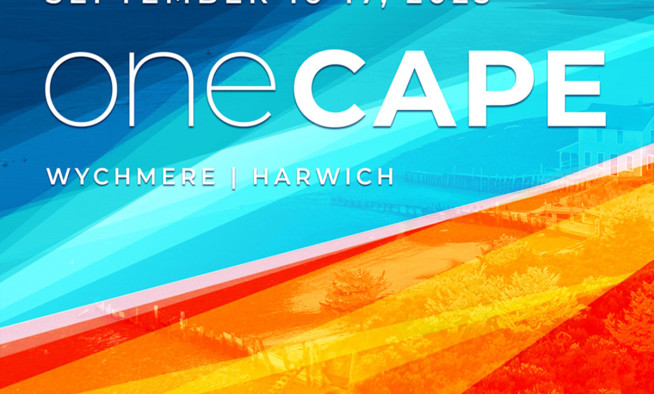Advancing Housing and Community Development
Across Cape Cod, leaders are moving from diagnosing the housing crisis to delivering solutions. At OneCape, state officials, local innovators, and community partners highlighted strategies, from adaptive reuse to deed-restricted rentals, that are showing that the Cape can expand year-round housing while preserving its character.
Secretary of Housing and Livable Communities Edward Augustus framed the crisis as inseparable from the state’s broader housing priorities. “Cape Cod’s housing crisis is both a local and statewide challenge, and one that requires immediate, coordinated action,” he said. Highlighting the Affordable Homes Act and the new Seasonal Communities designation, Augustus urged communities to embrace smart infill, vacant property reuse, and walkable downtown projects that can expand year-round housing. His call to action was unambiguous: “Let’s trade delay for delivery. Let’s turn ‘not here’ into ‘right here.’”
Lieutenant Governor Kim Driscoll reinforced that housing is “the number one issue facing Massachusetts.” She highlighted the loss of young adults: “the state is losing 26- to 35-year-olds every month because they cannot afford to buy homes, settle down, and raise families,” and warned that older adults also lack downsizing and aging-in-place options.
Driscoll pointed to the Affordable Homes Act, the largest housing investment in state history, and the Seasonal Communities designation as critical tools for Cape Cod.
Senator Julian Cyr called housing the region’s most urgent challenge: median home prices now exceed $760,000, and workforce housing is increasingly out of reach. Cyr championed the Seasonal Communities toolkit within the Affordable Homes Act, offering deed restrictions, year-round housing trusts, artist housing, and zoning reforms, as well as grants for early adopters. He stressed the need for a revenue source, urging adoption of a local-option real estate transfer fee on luxury transactions to preserve and build housing for year-round residents.
A breakout session on incentivizing year-round housing explored how to make existing stock work harder for the region. Consultant June McCartin pointed to models from Vail and Tahoe, where deed restrictions and rental incentives create a “second housing market” for local workers. On Cape Cod, towns are already experimenting with similar tools. Nantucket has invested over $150 million in programs ranging from lot carve-outs for year-round buyers to its own Lease to Locals initiative, while Provincetown has leveraged local revenue to convert dozens of seasonal units into stable homes. “We’ve been able to house residents at a cost far below new construction,” explained Town Manager Alex Morse. Matt Walsh, Senior Policy Manager for the Massachusetts Executive Office of Housing and Livable Communities, connected these efforts to the new Seasonal Communities designation, emphasizing its purpose: “We need to find places to house people who keep the lights on in communities and keep the water running.”
A breakout session focused on redevelopment and adaptive reuse as strategies for meeting housing needs while preserving Cape Cod’s historic character. Cape Cod Commission Historic Preservation Specialist Sarah Korjeff noted that “adaptive reuse preserves not only buildings, but the stories, artifacts, and character that make Cape Cod unique.” Examples included the transformation of schools into housing in Bourne, Dennis, and Harwich, supported by layered financing from historic tax credits and affordable housing programs. Developer Tim McElroy, who showcased a recent project that transformed the long-vacant Columns building in Dennis, stressed that local backing is essential for such projects to succeed: “If towns want housing, they need to back local projects that fit their neighborhoods and preserve the fabric of the community.”
Union Studio’s Douglas Kallfelz focused on design as a bridge between urgency and trust. He argued that the most enduring solutions arise when architects, developers, and residents collaborate to shape projects that reflect community values. Kallfelz urged innovation in construction and planning but also reminded participants that thoughtful partnerships will be essential: “The most successful projects emerge when architects and developers work with communities to shape housing that reflects shared values.”
A mobile workshop showcased the transformation of the historic 1871 West Harwich Schoolhouse into multi-family housing through innovative public-private funding. The tour, led by developer John Carey, highlighted the preservation of the schoolhouse’s historic character while creating both market-rate and affordable units, offering participants a chance to explore the repurposed spaces and learn about adaptive reuse, the role of the Harwich Affordable Housing Trust, and the long-term deed restrictions that ensure lasting housing affordability.
Related Posts



